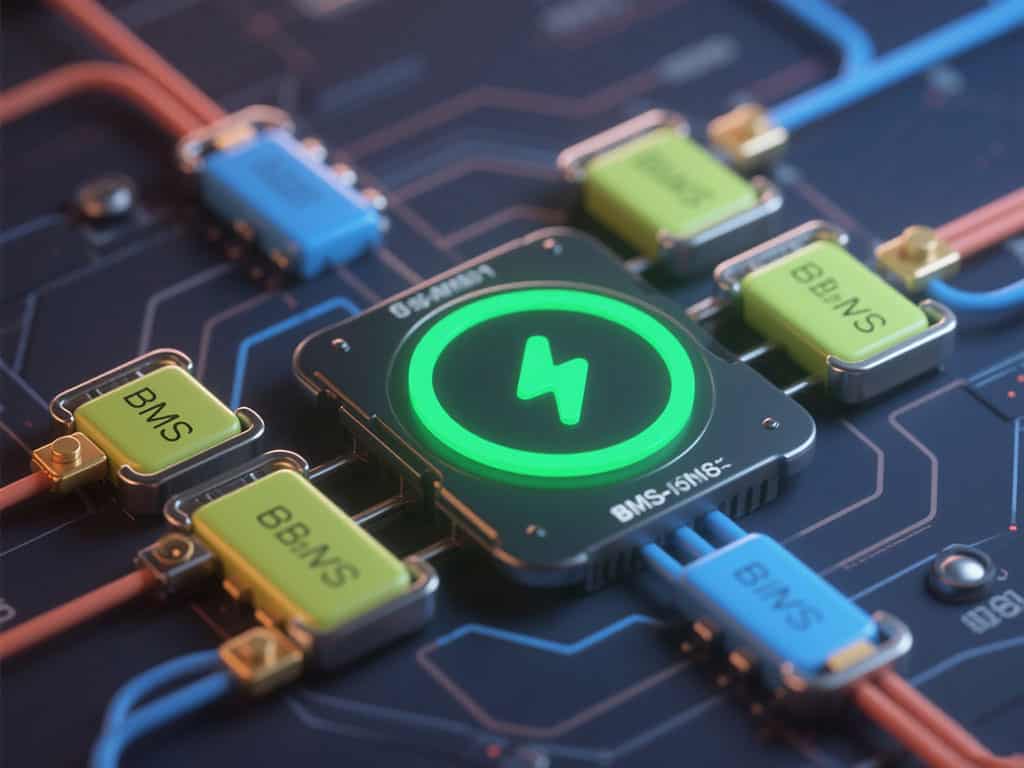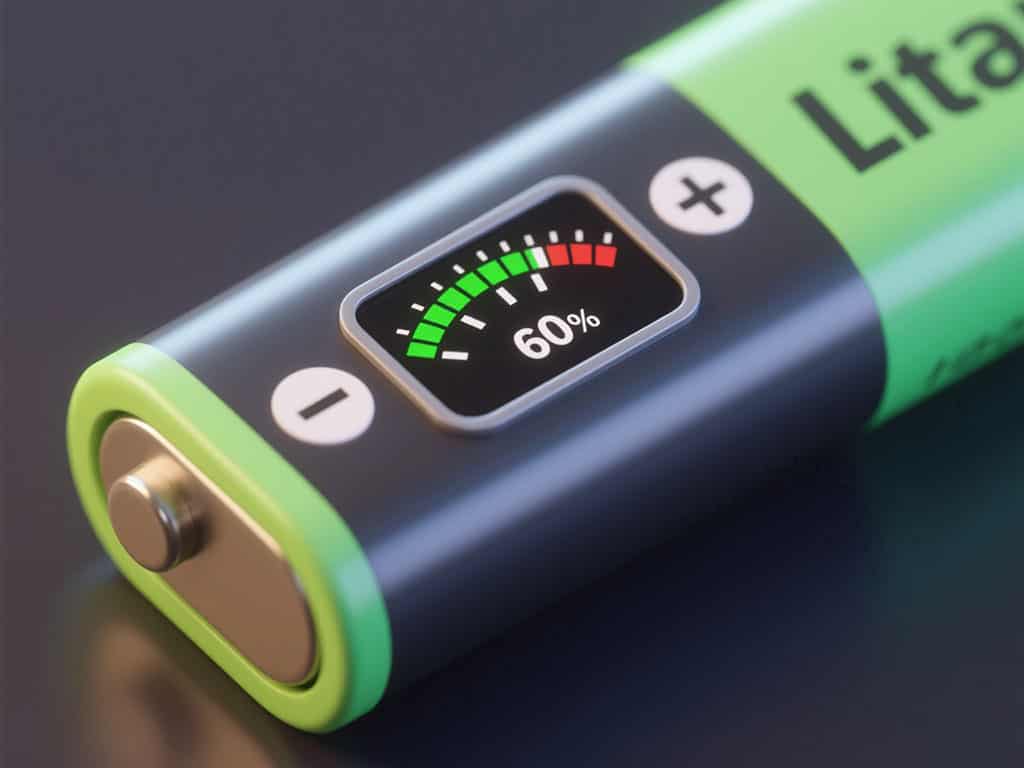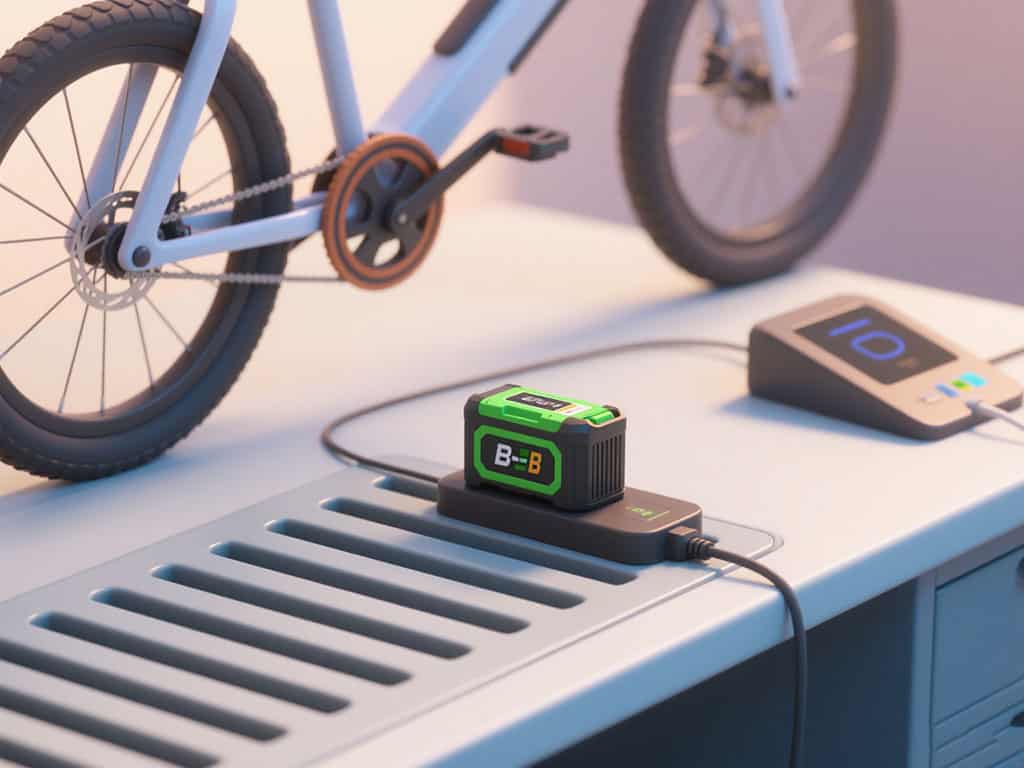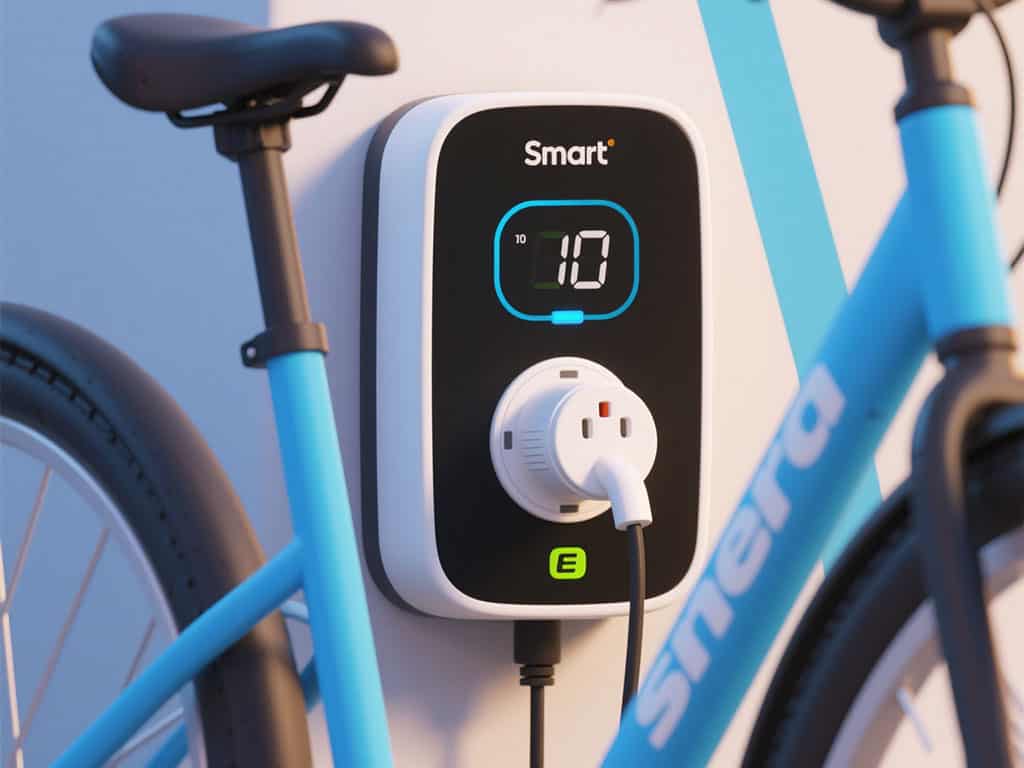Charging Tips
Why Some E-Bike Batteries Last 5 Years (Not 2)
Actionable charging habits to extend lithium-ion e-bike battery life, reduce degradation, and ride farther—based on smart storage, heat management, and the 20–80% rule.
“Battery life is maximized when temperature, state of charge, and depth of discharge are kept moderate.”
Charging Tips
The Complete e-Bike Battery Charging Guide: Make Your Pack Last 3–5 Years

Use these proven e-bike battery charging tips to reduce degradation, keep range strong, and ride safely. This guide covers daily charging routines, storage, temperature, charger choices, and FAQ—optimized for modern lithium-ion packs.
Why lithium batteries age
Heat
High temperature accelerates side reactions inside cells. Avoid charging or storing packs in hot garages, cars, or direct sun. Ideal charging temp: 10–30 °C (50–86 °F).
High state-of-charge
Parking at 100% for days stresses the cathode. For daily use, keep the pack mostly between 20–80%.
Deep discharge
Repeatedly running near 0% shortens life and risks BMS shutdown. Top up before the pack is very low whenever possible.
Daily charging routine (short commutes)
Most riders see the best balance of range and longevity by stopping daily charges around 80–90%. Once every 2–4 weeks, do a full charge to 100%, let the pack rest off the charger for an hour, then ride—this helps the BMS balance cells.
Before long rides or tours
- Charge to 100% the morning of a long ride, not days ahead.
- If you need to charge mid-ride, allow the pack to cool for 15–30 minutes first.
- Use the lowest assist that still feels good to keep temps down on climbs.

Storage & seasonal care
Short breaks (up to 2 weeks)
Leave the battery around 50–70%. Store in a cool, dry spot. Avoid leaving on the bike in a hot car.
Off-season (1–6 months)
Store at ~60% and check monthly; recharge to 40–70% if it drops. Ideal storage temp is 10–20 °C (50–68 °F).
Summer heat
Never charge above 40 °C (104 °F). Shade the pack and provide airflow. If it feels hot to the touch, let it cool first.
Winter cold
Cold is fine for storage but not for charging. Warm the pack to room temp before plugging in for best performance and safety.
Charging safety checklist
- Use the original charger or a manufacturer-approved unit only.
- Charge on a non-flammable surface away from clutter.
- Do not cover the charger; allow ventilation.
- If you smell solvent, see swelling, or feel excessive heat, unplug immediately.
- Do not leave charging unattended overnight.

Chargers, outlets & timers
Your charger’s output (e.g., 42 V 2 A for “36 V” packs) must match the battery. Faster chargers create more heat—use them only when needed. A smart plug helps automate the 80–90% stop and lets you track energy use for cost estimates.

See also: Battery Storage Guide and Battery Safety Basics. For deeper cell chemistry reading, Battery University is a helpful reference: batteryuniversity.com.
Early warning signs
- Noticeably shorter range at the same routes and settings.
- Charger finishes unusually fast or never reaches green.
- Repeated BMS cutoffs on hills or at high assist.
- Visible case damage, swelling, or liquid leakage.
If any of the above occur, stop using the pack and contact the manufacturer or a qualified service center.
Myths vs facts
Fact: Daily 80–90% improves longevity.
Fact: Shallow cycles are easier on cells.
Fact: Warm to room temp before charging.
Fact: Use the original or approved charger only.
FAQ
How often should I charge my e-bike battery?
Top up as needed and avoid deep discharges. Stopping around 80–90% most days is ideal; charge to 100% every 2–4 weeks for balancing.
Is it bad to keep the charger connected?
Yes—keeping the pack at 100% for long periods increases stress. Unplug when done or use a timer.
What’s the best storage level?
About 40–70% (sweet spot ~60%) in a cool, dry place. Check monthly.
Can I use a higher-amp fast charger?
Only if the manufacturer approves it. Higher current means more heat; longevity usually suffers.
Glossary
- SOC: State of charge (how full the battery is).
- BMS: Battery Management System that protects and balances cells.
- Cycle: Roughly one full 0–100% use of capacity (not necessarily a single charge).
“Battery life is maximized when temperature, state of charge, and depth of discharge are kept moderate.”




